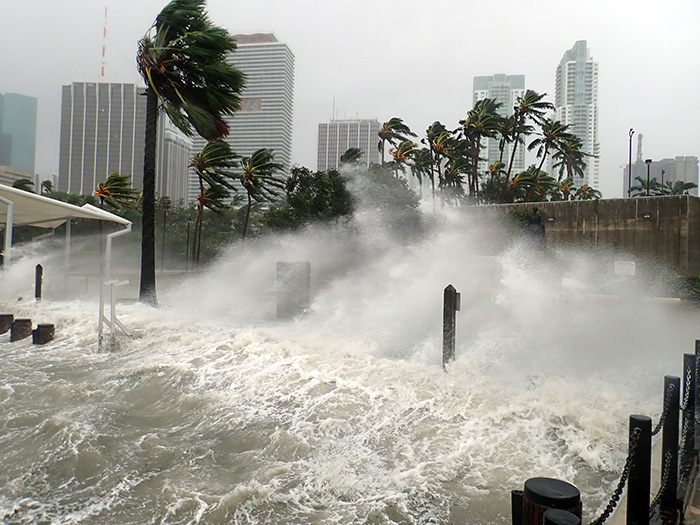Natural Disasters Cost Global Economy $417 Billion in 2024: Gallagher Re

Global natural catastrophes inflicted $417 billion in economic losses in 2024, with insured losses reaching $154 billion, illustrating the growing impact of climate change on extreme weather events worldwide, according to Gallagher Re’s Natural Catastrophe and Climate Report.
The $417 billion in economic losses represents a 15% increase above the decade average. The record high of $154 billion in insured losses surpasses the recent 10-year average by 27%. Despite these significant insurance payouts, a substantial protection gap remained, with $263 billion, or 63% of total losses, left uncovered, the report found.
The year was marked by several record-breaking natural disasters. For the first time in history, 21 separate incidents resulted in multi-billion-dollar insurance claims, surpassing the previous record of 17 set in 2023 and 2020.
The frequency of high-cost events was further evidenced by 60 individual occurrences worldwide that each caused economic losses exceeding $1 billion. The report noted that 2024 was declared the warmest year on record since 1850, with scientists suggesting it may have been the hottest in the last 125,000 years.
Among the various weather phenomena that contributed to 2024 losses, severe convective storms (SCS) stood out for their financial impact. These events accounted for 41% of insured losses, totaling $64 billion, according to Gallagher Re.
The devastation caused by SCS in 2023 and 2024 has now cost global insurers $143 billion over just two years, with $120 billion of that amount concentrated in the United States alone.
While SCS events dominated in terms of frequency, tropical cyclones remained the costliest individual events. Hurricanes Helene and Milton each resulted in insured losses of $20 billion, according to the report.
Emerging Trends
The landscape of catastrophe losses is evolving, with non-peak perils playing an increasingly significant role. In 2024, these lesser-known risks accounted for 57% of total loss costs, Gallagher Re stated.
The frequency and severity of catastrophic events have also seen a marked increase. Since 2016, global losses have regularly surpassed the $300 billion threshold.
As the nature of catastrophe losses changes, so too does the insurance landscape. Insured losses are growing at a faster pace than overall economic losses, with an annual growth rate of 3.9% compared to 1.8% for economic losses, the report found.
Public and government-sponsored insurers are also stepping up their involvement. In 2024, these entities covered nearly $20 billion in losses, significantly exceeding the decade average of $12 billion.
The global distribution of catastrophe losses is shifting, with significant events occurring in non-traditional insurance markets. The United States, however, remains a focal point for insured catastrophe losses, according to the report.
In 2024, the U.S. accounted for 21 out of 30 billion-dollar insured events globally. Even more striking, a record 15 of these events in the U.S. resulted in multi-billion-dollar losses, surpassing the previous high of 14 set in 2020.
Future Considerations
Looking ahead, the reduction of greenhouse gas emissions emerges as a critical factor in stabilizing or reducing the impact of future extreme weather events, the report noted. The insurance industry recognizes that climate risk extends beyond physical damage, affecting sectors such as real estate, agriculture, manufacturing and even long-term investment strategies.
Moreover, there is a growing need for guaranteed climate financing in vulnerable regions. As the complexity of compound risk increases, many areas of the world remain underinsured or completely uninsured against climate-related disasters. Addressing this protection gap is crucial for building global resilience to climate change.
The insurance industry’s response to these challenges will play a key role in shaping future premium costs and coverage availability. As annual loss volatility continues to be influenced by climate risk, insurers must balance the need for financial stability with their critical role in providing protection against increasingly unpredictable natural catastrophes.
Access the full report from Gallagher Re here. &










